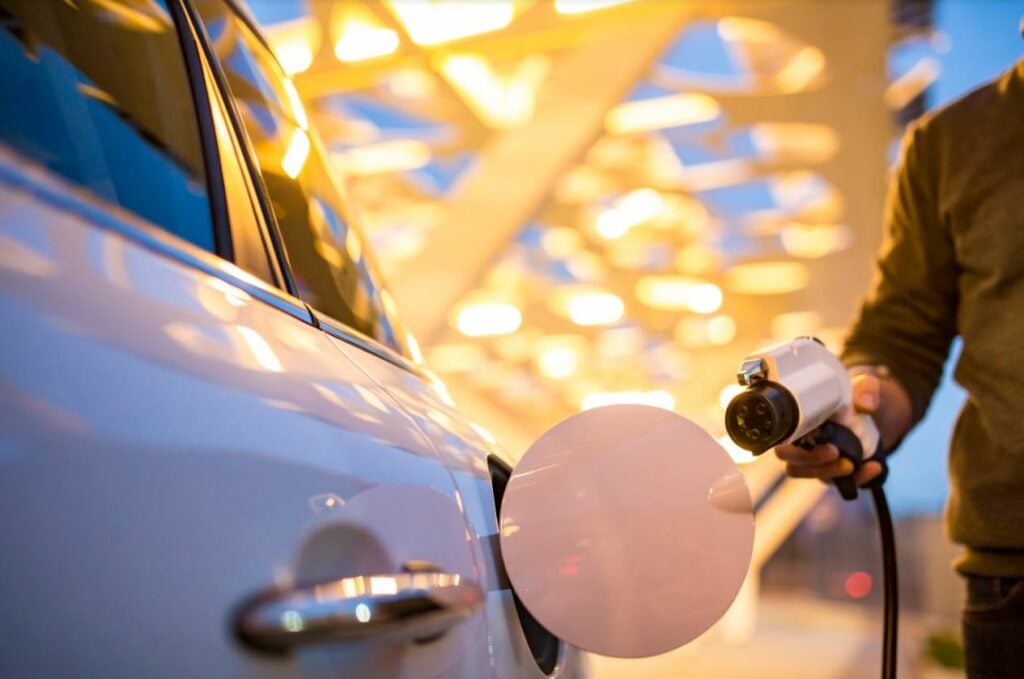Kaluza and Flexitricity have teamed up to offer demand response in the Balancing Mechanism, optimising domestic battery storage and electric vehicle (EV) batteries.
As the electricity system diversifies, flexibility to meet the more dynamic demand profile is growing. Recently, high gas prices across Europe, combined with a number of generator outages – prevalently the IFA interconnector – and low winds have led to a particularly constrained grid. This caused prices to spike to highs of £4,000 per MWh in the Balancing Mechanism.
Working together, Kaluza and Flexitricity will enable domestic half-hourly settled customers to use their domestic smart chargers, vehicle-to-grid (V2G) chargers and batteries in the Balancing Mechanism, lowering their bills.
Kaluza’s energy platform will manage the half-hourly settlement of the devices via its energy retail partners. This includes propositions such as OVO Drive Anytime, the type-of-use EV charging tariff from its parent company, which allows customers to charge on a 5p/kWh rate at any time of day.
“Today, industrial batteries provide the majority of our system’s flexibility while the storage potential of millions of smart devices in homes goes untouched,” said Marzia Zafar, director of sustainability and policy at Kaluza.
“This partnership is an important milestone for the industry in enabling end customers to play a role in a greener, cheaper and more resilient energy system, and be rewarded for it.”
Flexitricity was the first UK aggregator to become a Virtual Lead Party (VLP) in the Balancing Mechanism in April 2020. At the beginning of 2021, it also aggregated the first domestic EV unit in the Balancing Mechanism, through to a partnership with ev.energy.
It is bringing this experience to the new partnership with Kaluza, with the company’s chief commercial officer Andy Lowe saying the electrification of transport in particular offers a “huge opportunity”.
“This partnership has the potential to revolutionise the way the EV market operates and most importantly it will make a significant impact on our 2050 net carbon zero targets.”






